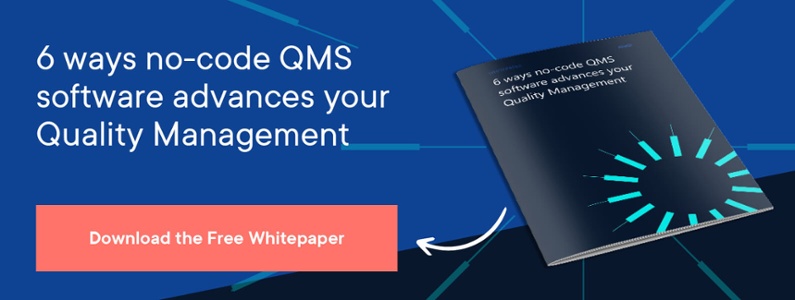Techies have never forgiven Steve Jobs.
His crime, as they see it, was to pose as a technological visionary when he could not even write code. When the co-founder of Apple, the geek’s geek Steve Wozniak, confronted him with this, Jobs is said to have replied: “I play the orchestra. And you’re a good musician.”
Perhaps it needed someone with the ruthlessness and self-belief of Jobs to bend the world to his will, as arguably Jobs did.
He believed that computers were consumer products no different from cars or televisions. And to reach the mass consumer market, they had to have emotional appeal. Jobs succeeded in creating this emotional pull almost too well: even now, seven years after his death, Apple is almost more of a cult than a brand.
No detail was too small. Fonts. Packaging. The sleek trackpads. The distinct charger cables. The little i that made it chic to have an iPhone (and spend $300 more for the privilege).
Naturally, the products had to be functional as well as aspirational, and here, too, Apple delivered in spades. It became a mass-market brand because its products were easy to use: unintimidating, not at all techie. Jobs was particularly demonic about user-friendliness: every little thing had to enhance the user experience, and harmonize with that experience.
But like all cults, Apple has a dark side.
Have you ever watched a YouTube video of someone changing a MacBook battery? Or adding RAM? This is not for the fainthearted. Apple doesn’t want to let you in. Apple is secretive. Apple knows best. If you want support, you can go talk to a genius in one of its temples – erm, we mean shops.
For Apple, user-friendliness is really a way of building a high wall around its users, so they will never stray from Apple’s ecosystem. It is attractive, this user-friendly prison, but it is still a prison.
At AlisQI, we do not look at user-friendliness in this way.
How we do friendliness
We also describe our quality management platform as “user-friendly”, and in certain respects, what we mean by that is not so different from how Apple understands it. Our software is intuitive. This matters because the AlisQI platform needs to be used and enjoyed by shop floor workers from every background, and often with a less-than-perfect grasp of English or the local language. We don’t want the interface to be a learning curve. Everyone should be able to pick it up intuitively, so the platform is useful more or less from day one.
The visualizations of the way AlisQI aggregates, parses, and analyses the data have to immediately clear and meaningful. And unambiguous.
But where we radically part ways with Apple is in the way that we approach our users philosophically. We welcome our users. We want your laboratory technicians, quality professionals, and shop floor engineers to get under the hood of our solution, get their hands dirty, and tinker with the software until it meets your needs exactly.
Don’t worry, the software can take it.
The business model of AlisQI does not depend on consultancy or implementation projects (more about those later) and we are not interested in charging hefty maintenance fees like the majority of software providers. We want you to do the maintenance because you’re the experts. With AlisQI, we give you a tool to be a little bit more expert (and in considerably less time).
An open and accessible system is one that is simple to implement. With AlisQI, manufacturing businesses can do their own maintenance and customization 97% of the time, the other 3% we’ll fix for you of course. You won’t take it the wrong way if we admit that we prefer to concentrate on what we’re really good at (and what will be most useful to you in the long run) and that’s building great software.
Incidentally, this is why our free pilot is so successful. Not only do we have a very effective product, manufacturers feel its effectiveness very quickly because our system is simple to get going.
This is not a coincidence or even much of an achievement: we built our platform to behave this way. In a future blog, we shall explore how other strategic decisions about our technology and business model shaped the way the AlisQI Quality platform was developed.
No-code Quality Management
While technological change is accelerating, the capacity to absorb this change becomes a bottleneck for many manufacturers. No-code Quality Management Software helps to eliminate this bottleneck.
Learn how no-code quality management can benefit your business.



